What It’s Like To Be A Science Teacher In A Pandemic
STEM educators across the country share their strategies, challenges, and experiences teaching during the COVID crisis.
Watch a roundtable discussion with these STEM educators, moderated by Ira! This story is part of Science Friday’s coverage on the novel coronavirus, the agent of the disease COVID-19. Listen to experts discuss the spread, outbreak response, and treatment.
Teaching hasn’t been easy during the pandemic—and teaching science is no exception. Despite constantly changing learning environments, STEM educators are rising up to the challenge and supporting kids during uncertain times. From Washington, D.C. to California, hear how science teachers across the country are adapting class during the pandemic.
Do you want to share your back-to-school stories with us? It’s not too late! Tell us your experiences in STEM education in a short survey.
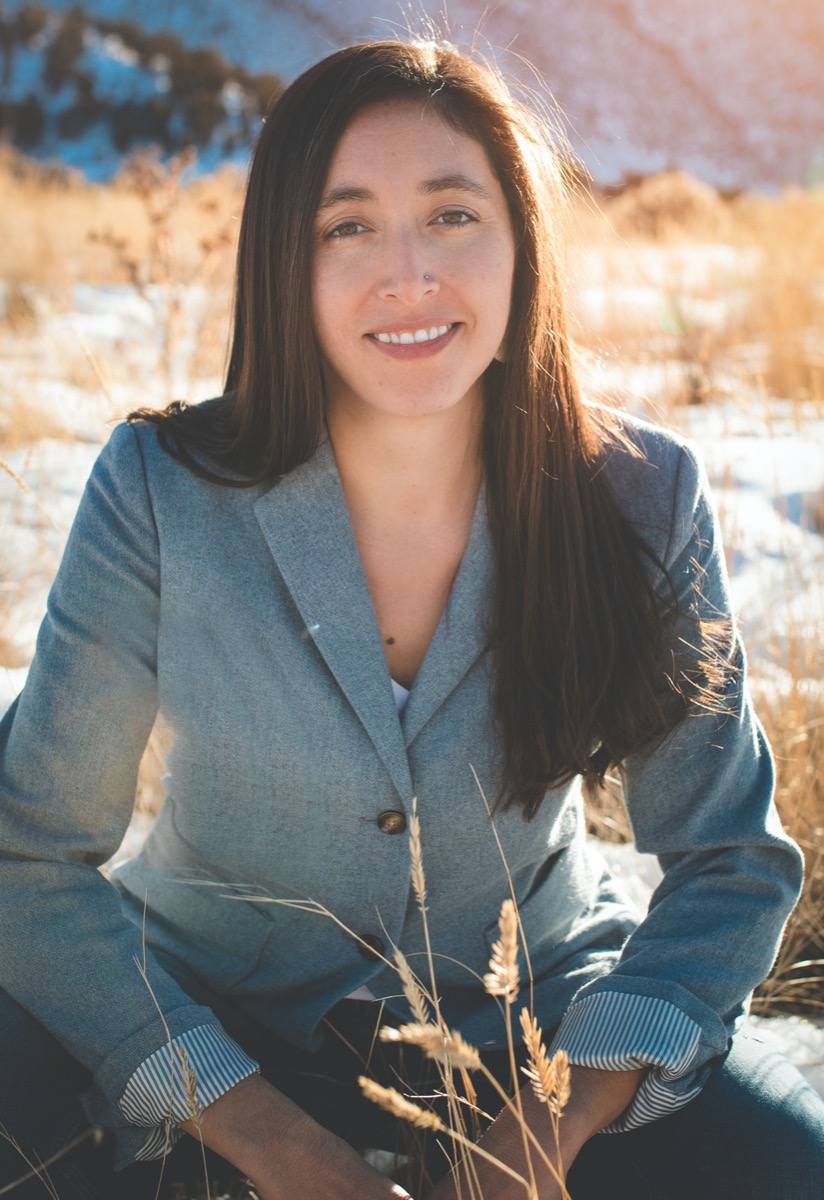
Sixth Grade Science Teacher, Glenwood Springs Middle School in Colorado
School Model: I’m in a situation where we are remote learning, and we go back to in-person learning on Monday. There are a lot of unknowns. How am I going to be able to take everyone’s temperature, and have everyone wash their hands, and then get ready to make sure they eat their breakfast, and then do some science—and then do it all over again? I’m thinking about all of that and trying to maintain safety. I think it’s definitely weighing heavy on a lot of teachers’ hearts.
I’ve just taught a group of students for nine weeks, and I’ve never once met them in-person. Because we’re going back in-person next week, we had to switch up our schedules. So I said goodbye to about 80% of those students. It was really hard to do that.
How have you adjusted your STEM practice for this return to school?
I am trying to do simple activities that students can do at home while I do the same activity at school. For instance, I had my students dissect a flower and they loved it. I think it felt “science-y” to them. They loved being able to look at the parts up close. Because we were online, I was able to use my USB microscope and we were able to look at the parts even closer. We also grew our own decomposers (in the form of mold) which really grossed everyone out. It was nice to do the experiments together because it created a shared experience.
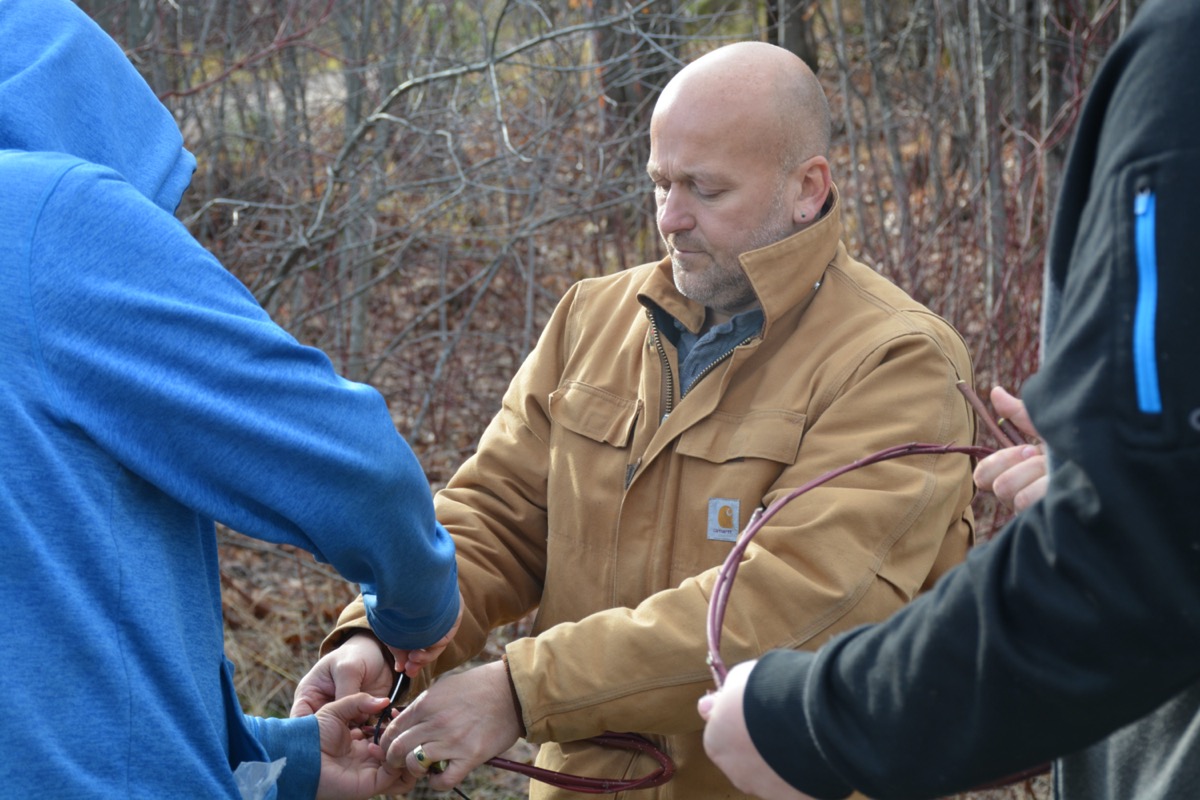
11th and 12th Grade Chemistry and Physics Teacher, Bayfield High School in Wisconsin
School Model: Fully remote since March 2020, with plans to move to a hybrid model at the beginning of November, depending on the COVID-19 rates in the community. One primary driving factor related to the decision to begin our school year remotely is the fact that many of our students’ households are multi-generational and considered high risk.
What is the biggest challenge of school during COVID-19 for your community?
There have been so many challenges: access, equity, delivery of instruction. I think the biggest challenge has been navigating the diverse needs and wants of all the stakeholders. How do we balance and prioritize safety, social-emotional needs, instruction? Who is involved in those decisions? We were already aware of equity issues. This situation has exacerbated those issues.
“We adjust our practice yearly, maybe even daily. However, this current situation forced many of us to adjust in far more drastic ways.”
How have you adjusted your STEM practice for this return to school?
I think in most teachers’ realities, we adjust our practice yearly, maybe even daily. However, this current situation forced many of us to adjust in far more drastic ways. The most obvious is adjusting to instruction in a remote setting. I am not in the room with my students. I can’t read facial expressions, body language. The conversations that result in connections—the most important part of teaching—are far more difficult. In our remote model, and in our currently planned hybrid model, we “see” students less than half the time we have traditionally been with students. That has forced me to evaluate and focus on the “essential” learning targets.
I have also had to rely more on demonstrations than actual hands-on investigations. Student engagement in science and engineering practices is far more limited. I do my best to involve that important aspect of STEM, yet it is far more challenging. Assessment is another practice that has changed. In a remote setting, I have to acknowledge students have access to people and information—they can simply Google or look up answers. I have tried to develop an assessment practice that forces students to explain, describe, and defend their solutions or responses rather than simply provide an answer. I want students to explain their process, and it’s actually resulted in a lot more creativity and problem solving.
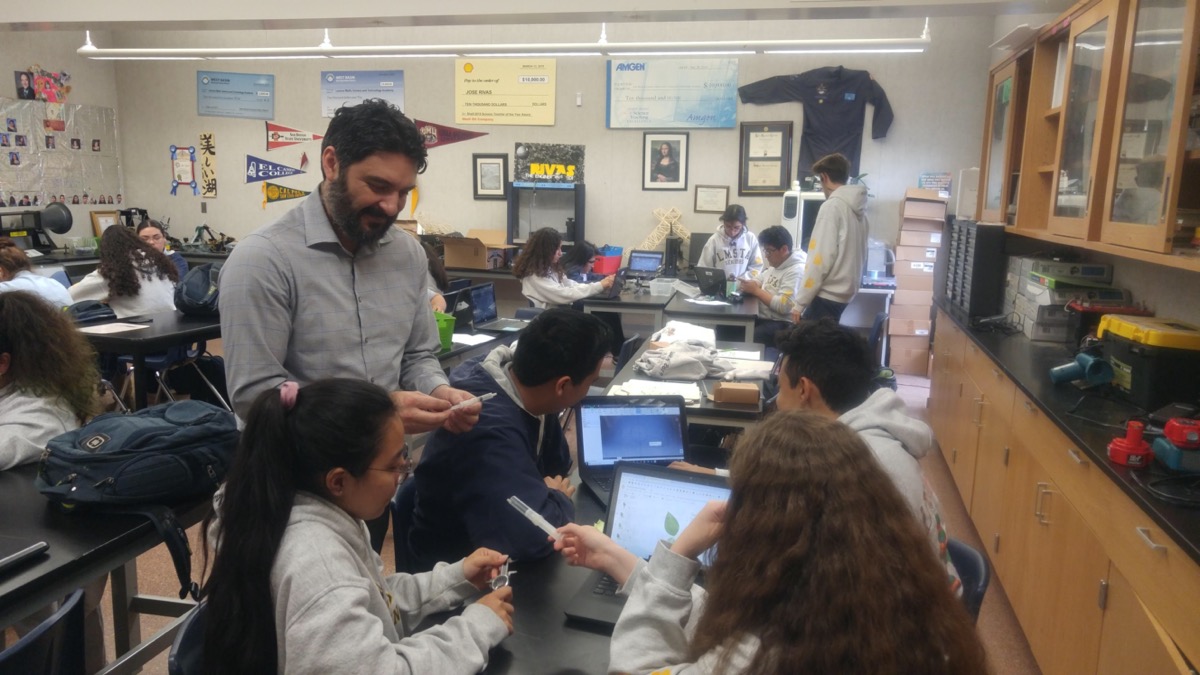
11th and 12th Grade Physics and Chemistry Teacher, Lennox Math, Science and Technology Academy in California
School Model: Fully remote
What is the biggest challenge of school during COVID 19 for your community?
Los Angeles County cases continue to rise, so we are not meeting the requirements to open schools yet. Because I teach in a low-income community, there are several challenges that include technology and connectivity issues, mental health of students, and layoffs. Most of our parents are essential workers who are more at risk.
How have you adjusted your STEM practice for this return to school?
Flexibility and implementing trauma-informed pedagogy along with social emotional support have helped me support my students. With my lesson design, I have always been a champion of Universal Design for Learning principles and student self-regulation while minimizing the importance of grades. Instead, I focus more on the importance of learning out of interest and curiosity. This requires building strong relationships with students and families.
Invest in quality science journalism by making a donation to Science Friday.
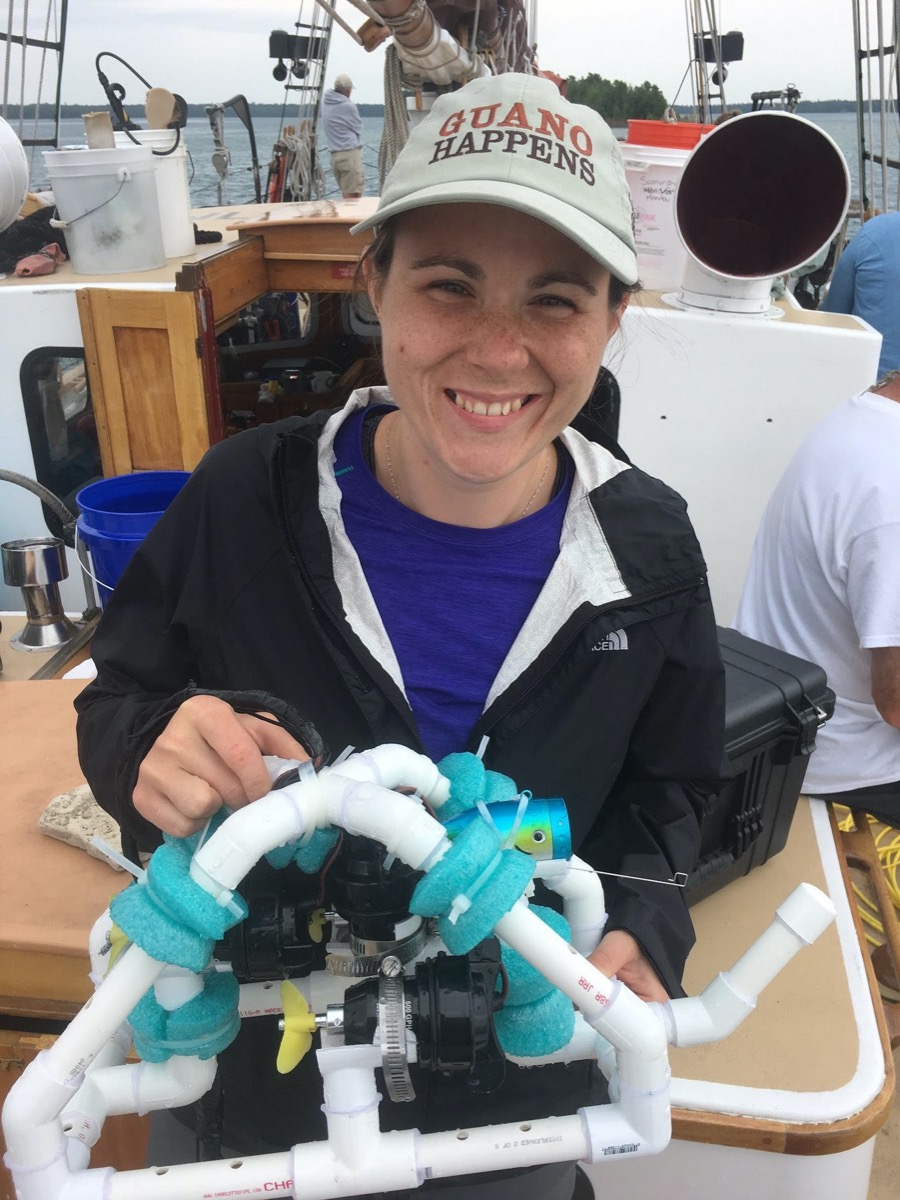
Sixth and Seventh Grade Science Teacher, Joseph K. Lumsden Bahweting Anishnabe PSA in Michigan
School model: In-person with virtual option for families. Cases are currently rising in the area and the school will go hybrid if the infection rate reaches 3% and virtual if it reaches 5%.
What was the biggest challenge to returning to school for your community?
The biggest challenge has been providing appropriate social emotional support while following safety guidelines. Teaching in person and virtually simultaneously is also tough. I am still teaching in-person full time and I still have a handful of kids that I need to check in with remotely.
I’m very, very fortunate to be in a school where we have plexiglass dividers, and we have hand sanitizer stations. Most of our students are wearing masks properly and all the time. But, they have to eat, they have to take a drink of water, they’re in the same room all day. That fear is definitely still there.
“The biggest challenge has been providing appropriate social emotional support while following safety guidelines.”
How have you adjusted your STEM practice for this return to school?
I am doing far more demonstrations and labs that are able to be done independently this year. I have also done several activities outside that would normally be done in a classroom. Winter is here and this won’t be an option soon.
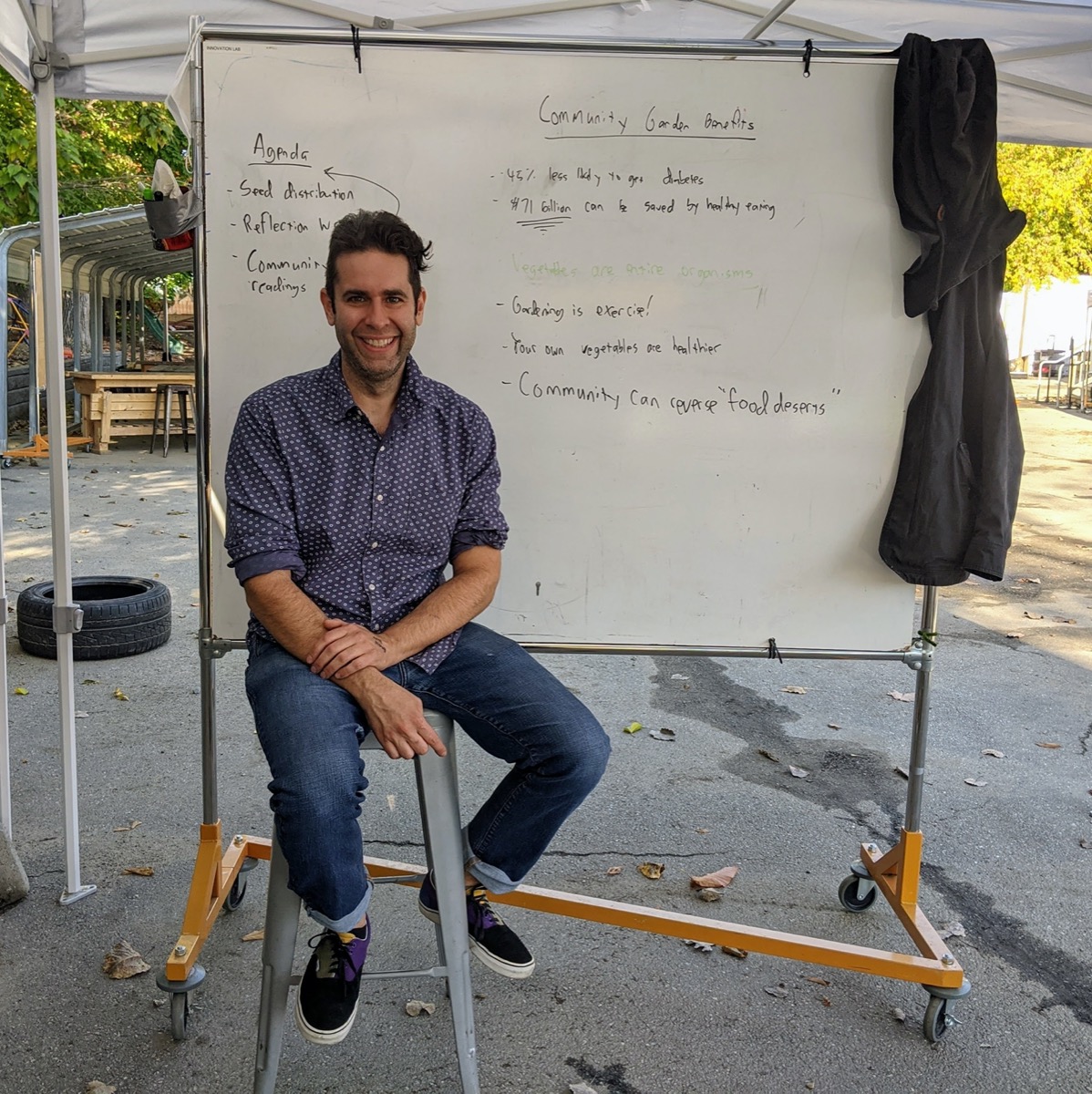
4th-8th Grade Precalculus, Life Sciences, and Outdoor Education Teacher, Acera School in Massachusetts
School Model: Hybrid, in-person and remote learning
What is the biggest challenge of school during COVID-19 for your community?
Trying to coordinate what is effectively four different experiences for students: elementary in-person and remote, middle school in-person and remote, and having counselors and staff on hand to make this run smoothly. Of course for in-person, ensuring that safety protocols are followed to the letter. The goal for the reopening was flexibility and trying to maintain our same levels of rigor, but allow for choice in our parent community.
How have you adjusted your STEM practice for this return to school?
For the remote lessons, I am really trying to shift as much as I can to hands-on materials, which I give to students on their in-person days. I have also used the outdoors and tried to plan activities that enable students to leave their screens and go into their backyards, communal outdoor spaces of apartment buildings, or into parks near their homes.
So much of being an educator is making logistical decisions about how to curate a lesson. While it’s definitely more work to plan meaningful educational experiences in the COVID era, it’s more exciting when everything works out and to provide blueprints and feedback for how to reach kids in this extraordinary setting.
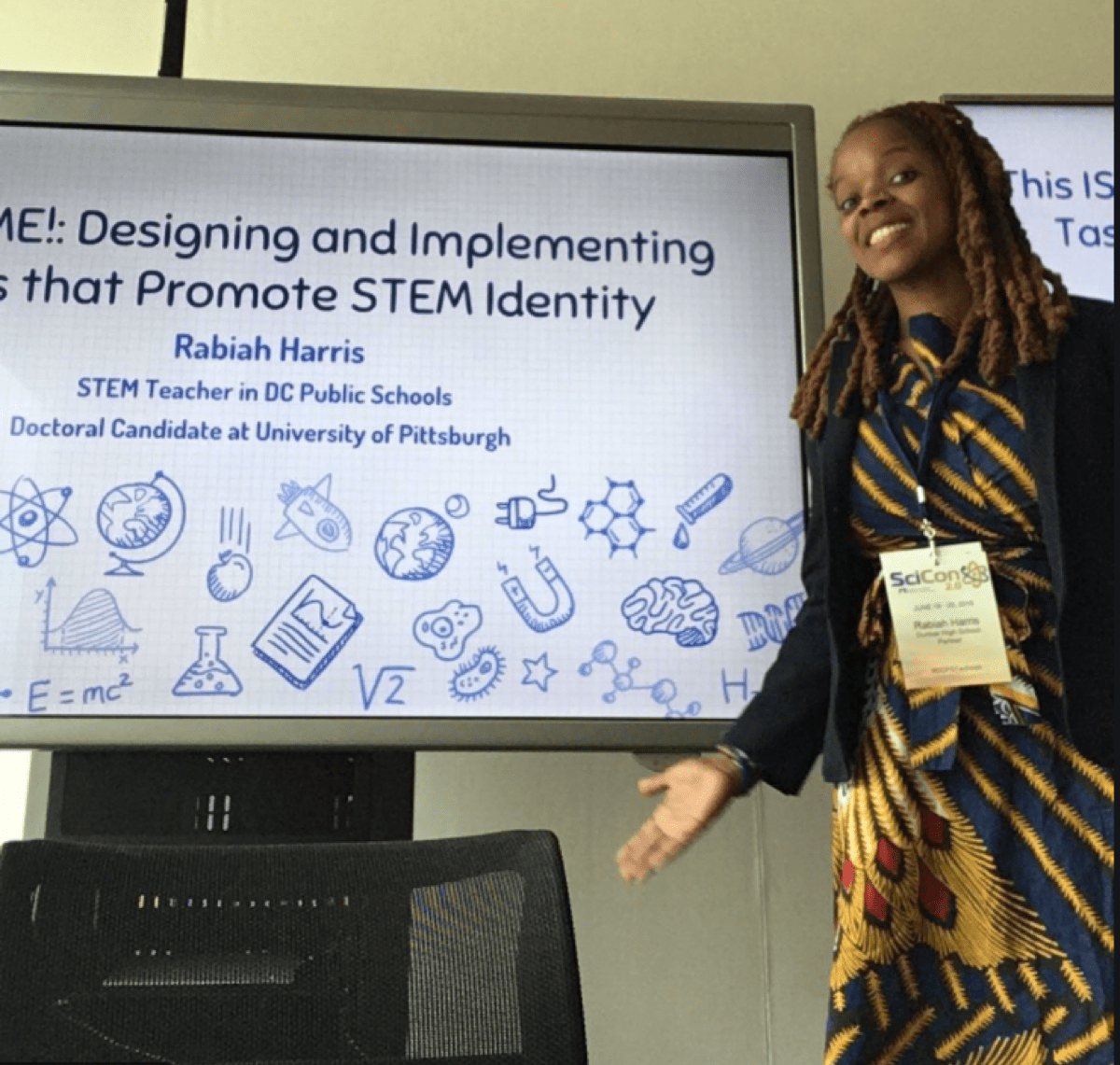
Seventh Grade Science Teacher, Jefferson Middle School Academy in Washington, D.C.
School Model: Fully remote
What was the biggest challenge of school during COVID 19 for your community?
Making sure our families have what they need and are safe. One of my students lost her caretaker in the beginning last spring. Technology is still one of the biggest challenges. Getting all of our students connected and working through tech issues—like even this week with the Xfinity outage, ARGH!
How have you adjusted your STEM practice for this return to school?
I teach STEM with a phenomena-based approach. While I have had to change some parts of what I do since students cannot be physically at school, I still do this. Students are still working in groups, trying to figure out the answers to questions, making models and more. Starting this year with new students who don’t know me has been an adjustment, but I have enjoyed continuing to respond to their needs as an educator and trying to get them authentic science experiences. I even created science kits (from DonorsChoose donations) to support students’ science work at home. They had to come to school to pick it up, but I hope to mail any that students can’t come get.
“The killer is the jokes. I can’t hear them laugh.”
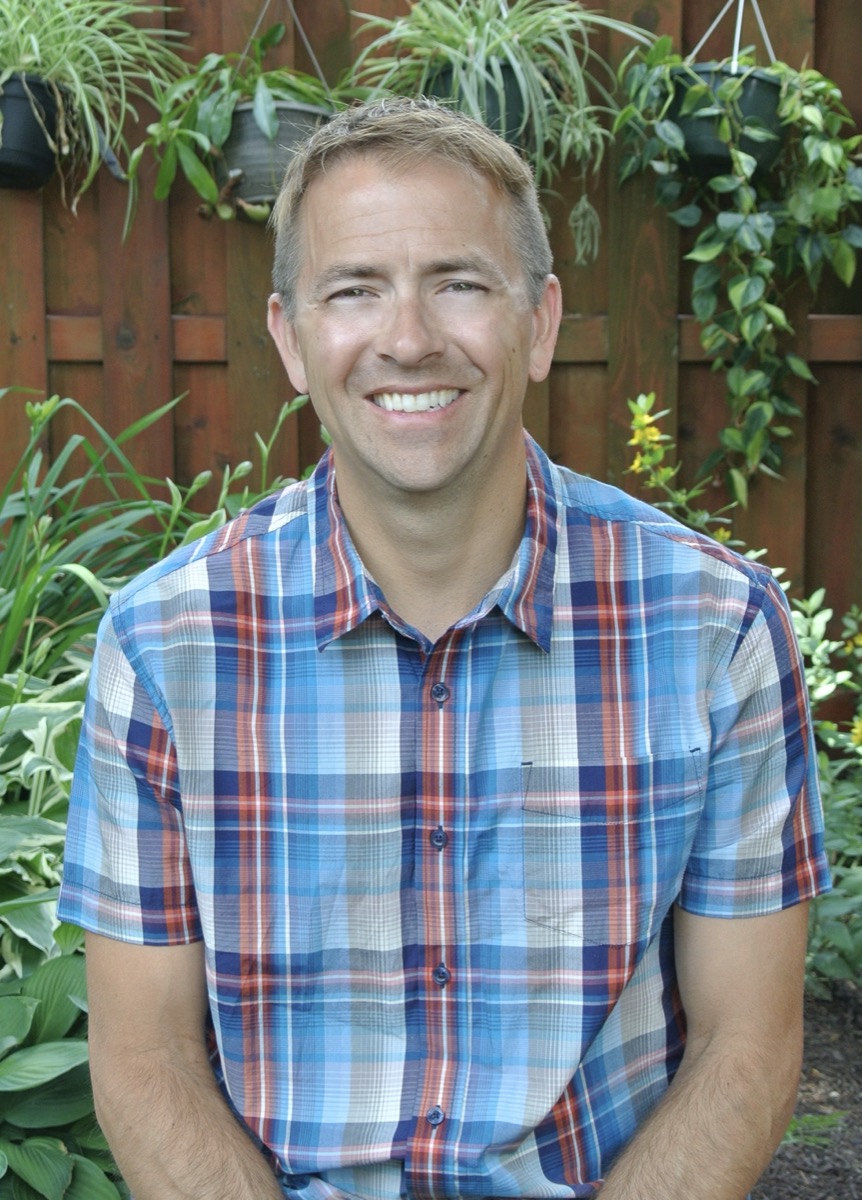
AP Biology, Anatomy, and Principles of Biomedical Sciences Teacher, Downers Grove North High School in Illinois
School Model: Full remote school, but currently transitioning to hybrid
What was the biggest challenge to returning to school for your community?
Balancing buses, spacing of students, coordinating schedules, and trying to continue to develop a “family” feeling for our science classroom. All of this multiplied by students with varying educational, social, and emotional needs, all coming from different homes provides quite a messy situation. But I am a pathological optimist. We got this. Team effort.
How have you adjusted your STEM practice for this return to school?
Normally I try to give my students a mixture of mini lectures, viewing clips of science videos, hands on labs, working with manipulatives, collaborating with peers, and a profound love of puns. In a remote setting, I have been doing my best to keep all of these things incorporated into the class, but the big struggle is the hands-on work. I have been packing up labs for students to pick up from school so they can do it at home with me on Zoom. This has required me to rewrite the labs so that everyone could do the lab safely and with disposable materials (so far, so good).
I have also been photocopying packets for students to pick up so that they have something to work on that isn’t tied to a computer. In the hybrid setting I will now have students working in the class with me as the other half of the class is at home. This will ease some of the difficulties of screen fatigue, but I still want to provide an awesome experience for those at home and those at school, safely.
The killer is the jokes. I can’t hear them laugh. The other day I told 10 different puns in hopes that they would unmute and laugh with me. Unfortunately no pun in ten did 🙂
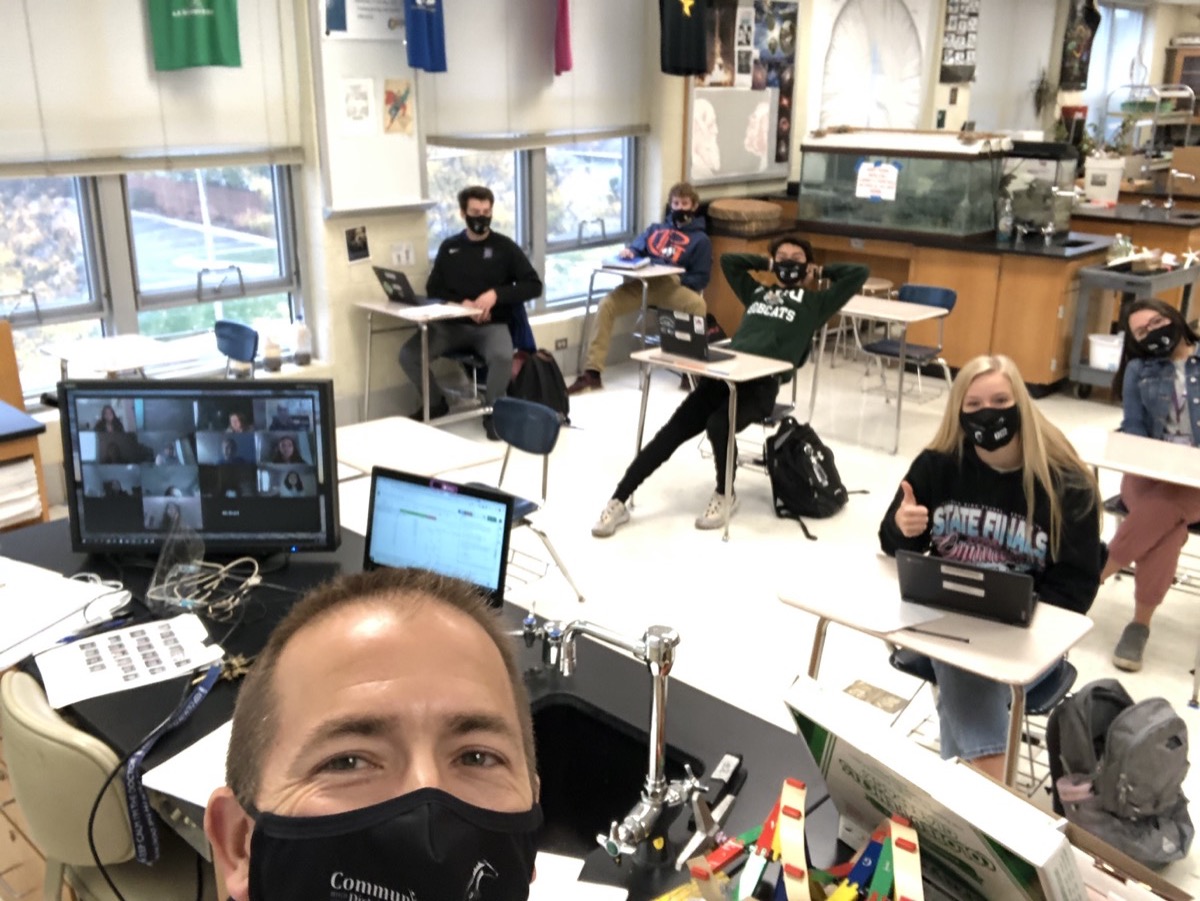
Responses have been edited for length and clarity.
Lauren J. Young was Science Friday’s digital producer. When she’s not shelving books as a library assistant, she’s adding to her impressive Pez dispenser collection.
Xochitl Garcia was Science Friday’s K-12 education program manager. She is a former teacher who spends her time cooking, playing board games, and designing science investigations from odds and ends she’s stockpiled in the office (and in various drawers at home).